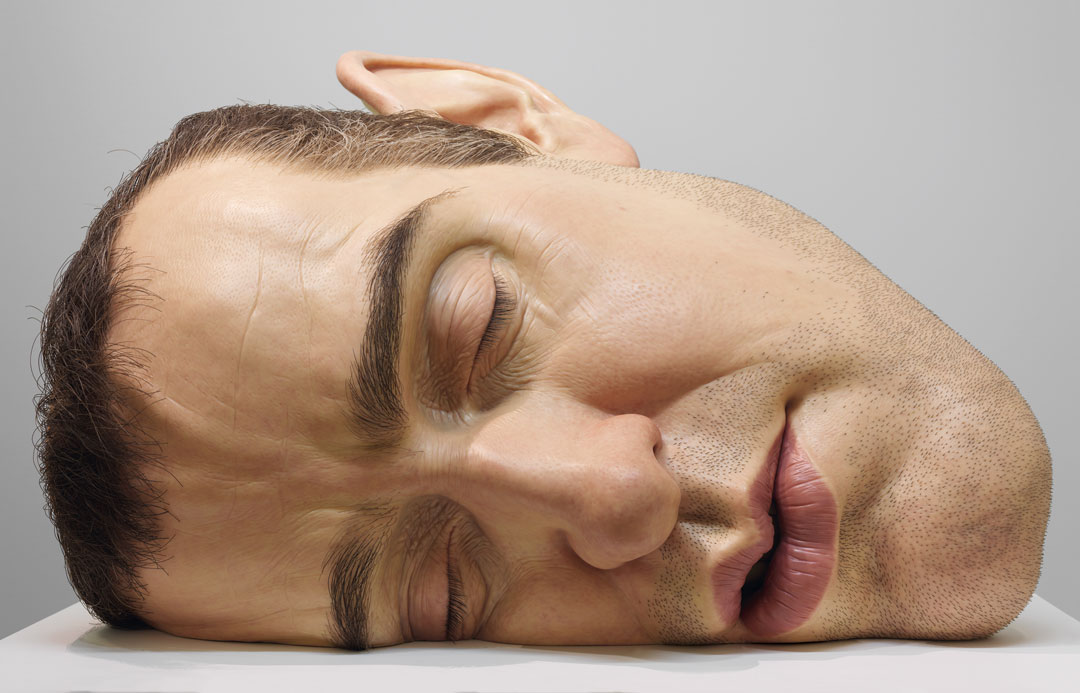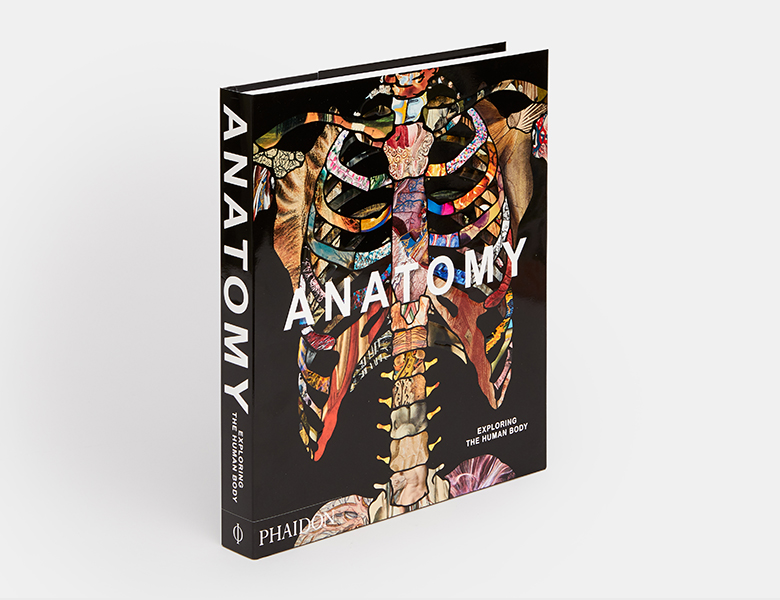
The Art of Anatomy – Ron Mueck
The artist’s large and lifelike sculpture puts the viewer in the uncomfortable position of voyeur
The human body can be one of the most beautiful, but also, in more traumatic times, one of the most unsettling things you’re likely to behold. Representations of it have both sought to mitigate and accentuate those reactions over the centuries, as our book, Anatomy: Exploring the Human Body explains.
“The idea of reproducing the human body in wax became popular in the eighteenth century in northern Italy,” writes Thomas Schnalke, Director of the Berlin Museum of Medical History at the Charité, in the book’s introduction.
“The undisputed centre was the Museo La Specola in Florence, an institution that aimed to impart scientific knowledge to the public by displaying the life-size anatomy of the human body in realistic colours and in three dimensions – but without the need for ‘disgusting’ post-mortems.”
Today, modern manufacturing techniques have meant the level of verisimilitude available to artists, such as the anatomical modeller turned contemporary artist Ron Mueck, is almost limitless. Yet that doesn’t reduce the discomfort the viewer might feel when viewing Mueck’s work.
“Mueck has spent a lifetime creating creatures, puppets and animatronics for various commercial industries, but it is his creation of sculptures of humans that captivates viewers in art museums all around the world,” explains our book.

“Mueck’s creations are either larger than life or smaller than life because he believes that creating replicas of humans at scale is simply not all that interesting,” the text goes on to explain.
“One of Mueck’s best-known works, Mask II ignites the voyeur in the audience, forcing them to inspect every detail as if its creator might have missed a hair or a wrinkle. An artist needs an intimate understanding of anatomy to accomplish such playfulness of scale with the human body.
"Mueck gives weight and substance to his models, lending the skin elasticity and even a sheen of sweat. Yet we observe apprehensively, as if expecting his sculptures to open their eyes or turn their heads at any moment, startling viewers and catching them in their covert scrutiny.”
For more images of the human body, get a copy of Anatomy here. The book is a visually compelling survey of more than 5,000 years of image making. Through 300 remarkable works, selected and curated by an international panel of anatomists, curators, academics, and specialists, it chronicles the intriguing visual history of human anatomy, showcasing its amazing complexity and our ongoing fascination with the systems and functions of our bodies. The 300 entries are arranged with juxtapositions of contrasting and complementary illustrations to allow for thought-provoking, lively, and stimulating reading. Buy your copy here.